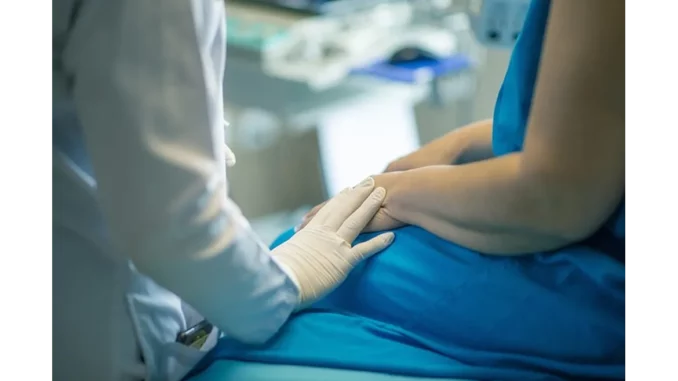
Amidst the vibrant atmosphere of a bustling conference centre in Washington D.C., I had the opportunity to engage with Dr Sarah Thompson, a devoted healthcare professional striving to bridge the gap in diabetes care for underserved communities across the United States. The event, aptly named “Closing America’s Diabetes Divide,” served as a crucial platform for discussing the myriad challenges and potential solutions in the realm of diabetes management.
Dr Thompson, a figure of warmth and resolve, shared her insights with a mix of passion and urgency. “Despite the remarkable advancements in diabetes care,” she remarked, “there remains a significant portion of the population unable to access these resources. It’s truly disheartening.” Her words underscored the complex nature of the issue, particularly for millions of Americans residing in rural and low-income areas who encounter formidable barriers in managing their diabetes effectively. Dr Thompson emphasised that the problem transcends merely possessing the right medications or technologies. It is fundamentally about access—access to preventive screenings, affordable medications, and comprehensive disease management, which remain elusive for many.
The challenges faced by these communities are vividly illustrated by the dichotomy between innovation and accessibility. While technologies such as remote blood glucose monitoring and advanced drug therapies have revolutionised diabetes management for some, they have inadvertently widened the gap for others. Dr Thompson cited GLP-1 receptor agonists as a prime example, noting, “These drugs are excellent for those who can access them. However, for underserved communities, they are often neither affordable nor available.”
The crux of the matter lies in the lifelong nature of diabetes management, necessitating consistent attention and resources that are scarce in many regions. Dr Thompson highlighted the compounded struggles faced by healthcare providers in these areas, characterised by fragmented coordination, limited access to data-driven tools, and socioeconomic constraints. This confluence of factors creates an environment where achieving optimal health becomes an uphill battle.
As the conversation unfolded, Dr Thompson addressed the staggering financial implications of this healthcare divide. “We are talking about an expenditure exceeding $412 billion annually,” she noted, her tone a mixture of concern and determination. “If we do not address these disparities, the situation is poised to deteriorate further.” However, despite the daunting statistics, Dr Thompson remains optimistic about the potential solutions. She advocates for a community-centred approach, emphasising the integration of social determinants of health, data-driven insights, and patient-centred strategies to effect meaningful change.
Dr Thompson elaborated on the necessity of tailoring care to the unique needs of each community. She highlighted the importance of culturally responsive care and cross-sector collaboration, asserting that addressing these needs empowers healthcare providers to achieve lasting, equitable outcomes. One of the most pressing issues identified by Dr Thompson is the need for early detection and risk identification. With approximately 8.7 million Americans living with undiagnosed diabetes and nearly 98 million with prediabetes, the stakes are high. In underserved areas, social determinants such as transportation and language barriers, food insecurity, and financial limitations pose significant obstacles to accessing routine screenings.
To tackle these challenges, Dr Thompson advocates for the deployment of data-driven tools that enable the identification of at-risk individuals and allow for timely intervention before complications arise. She sees community health centres as pivotal in this endeavour, ensuring not only timely follow-ups but also providing essential education. Education, she stressed, is paramount. “When patients comprehend their condition and possess the tools for self-management, they can avert complications and lead healthier lives,” she explained. Community health workers and patient educators play a critical role in this process, offering culturally responsive education on diabetes management.
Dr Thompson also underscored the importance of partnerships in bolstering health equity. “It extends beyond clinical care,” she asserted. “It’s about ensuring treatment is accessible, inclusive, and tailored to the cultural context of each community.” As our conversation drew to a close, I inquired about her aspirations for the future of diabetes care. Her response was both hopeful and resolute. “We’ve made significant progress, but much remains to be done,” she said. “By prioritising early intervention, enhancing patient education, and nurturing strong community partnerships, we can create a future where effective, equitable diabetes management is within reach for all.”
As we parted ways, Dr Thompson’s insights lingered, a poignant reminder of the transformative power of compassion, innovation, and collaboration in healthcare. Her unwavering commitment to closing America’s diabetes divide is a testament to the potential for meaningful change through dedicated efforts and community engagement.


Be the first to comment